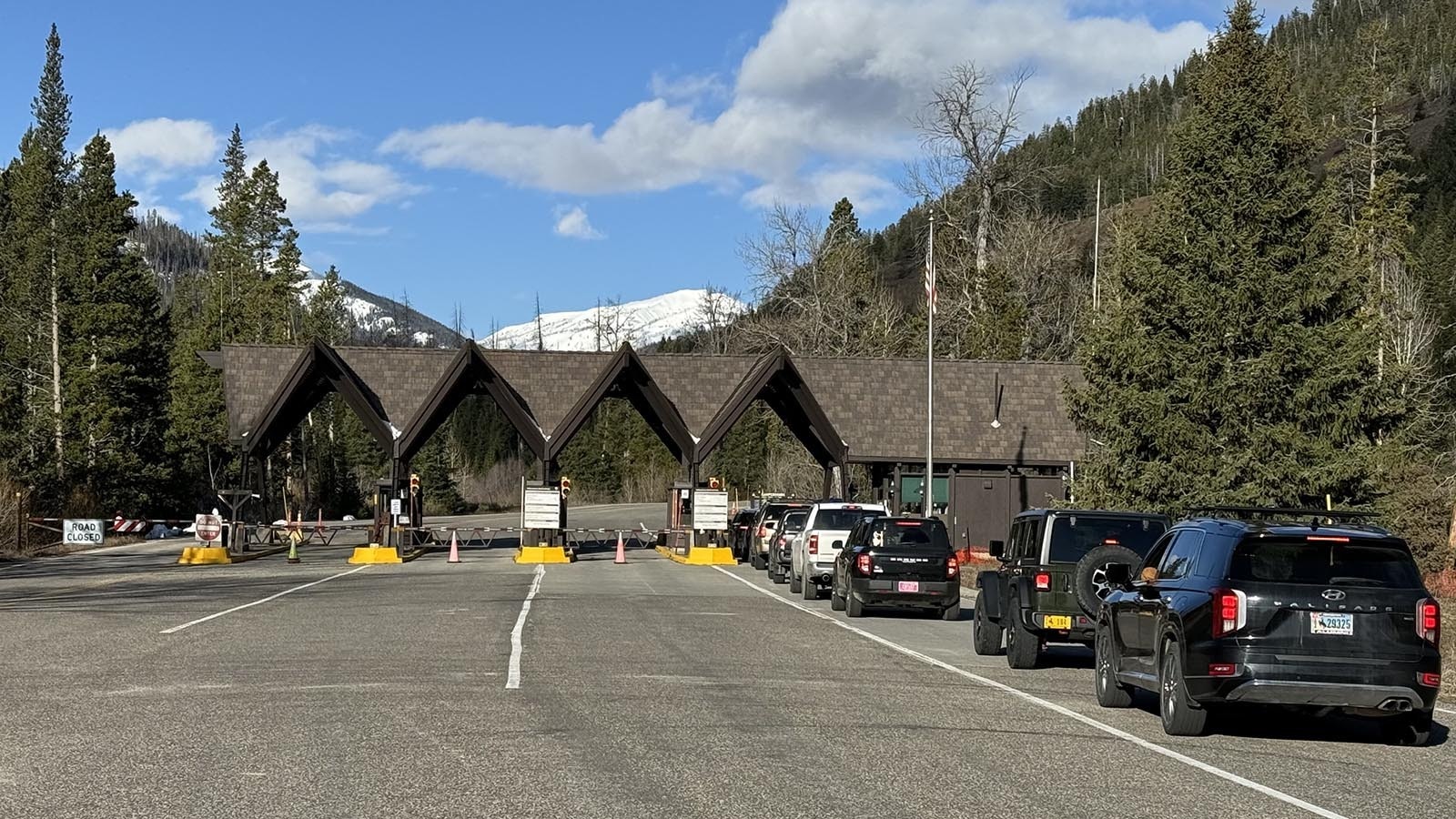For the first time in weeks, neither the Pack Trail nor the Elk Fire burning in different areas of northern Wyoming are reporting almost no growth.
After surging to more than 96,000 acres by the time a wet winter storm started moving through Thursday, the Elk Fire burning along the east face of the Bighorn mountains has held at the same size.
The rain and snow brought by the cold snap cooled off some of the hottest parts of the blaze and has allowed firefighting crews to start to get the upper hand on controlling it.
Now the Elk Fire is about 48% contained, up from the 28% reported before the colder weather set in.
Both fires only grew by 47 acres between them Saturday, 29 acres for the Pack Trail and 18 for the Elk Fire.
It’s the same on the Pack Trail Fire west of Dubois in the Bridger-Teton National Forest. Since merging with the Fish Creek Fire, the Pack Trail incident has been a dangerous, threatening fire.
But Sunday, the cold and moisture from the storm had taken much of the edge off the fire, said Wayne Rushing, operations section chief for the incident management team in charge of fighting the fire.
In fact, with the exception of some hot spots in the southwest quadrant, the Pack Trail Fire is getting under control, Rushing said in a Sunday briefing.
“We had some crews go in, put some boots on the ground and do some mop-up” along the northern boundary of the fire, he said.
Being able to use terms like “mop-up” means that “things are looking good,” he said, adding that doesn’t mean it can’t grow again.
The same is true for most of the crews fighting the Pack Trail Fire, except in the southwest, he said.
“There’s a lot more heat in that Gros Ventre area,” Rushing said.
What’s Next?
While the storm has been significant in halting some of the immediate danger from the wildfires, they are still burning. And with the weather expected to start to warm up and dry out again beginning Sunday, the focus is for them to not flare up again, the incident teams report.
“Due to the recent wet weather, the Elk Fire continues to slowly creep and smolder,” says the Rocky Mountain Complex Incident Management Team 1 in charge of the Elk Fire. “Weather will gradually become warmer and drier over the next few days, but no significant fire growth is expected at this time.”
People may see more smoke rising from the fire over the next couple of days, but that will mostly be “smoke rising from hot spots underneath the snowmelt,” according to the report.
On the Pack Trail Fire, a focus will be on its western edge, the incident team reports.
“Crews continue to connect containment lines in rough terrain above Elk Track Ranch and prepare for a possible small tactical burnout operation to reduce fuels along Bacon Creek Pack Trail and keep the fire east of the trail.”
On the Elk Fire, the rain and snow not only cooled the fire, it also made it pretty muddy and inaccessible for equipment and crews in some areas, Team 1 reports.
“The weather system that passed over the Elk Fire on Thursday and Friday dropped about an inch of precipitation, which significantly slowed fire behavior,” the report says. “Fire personnel scouted the area (Saturday) and were not able to access many areas due to the snow and mud.”
Looking ahead, there’s still a lot of work left before the Elk Fire can be deemed safe.
“While the precipitation was very beneficial, heavy fuels are still burning within the fire perimeter,” Team 1 reports. “An infrared flight … indicated pockets of heat on the western side of the fire from dead trees on the ground continuing to burn.”
Greg Johnson can be reached at greg@cowboystatedaily.com.








